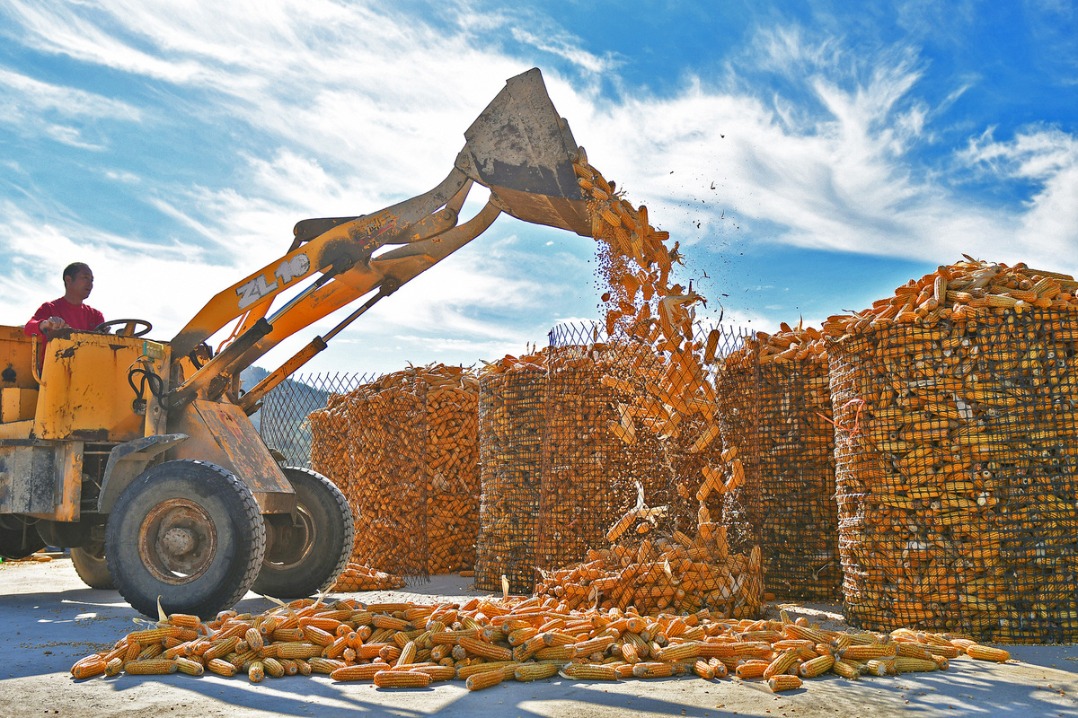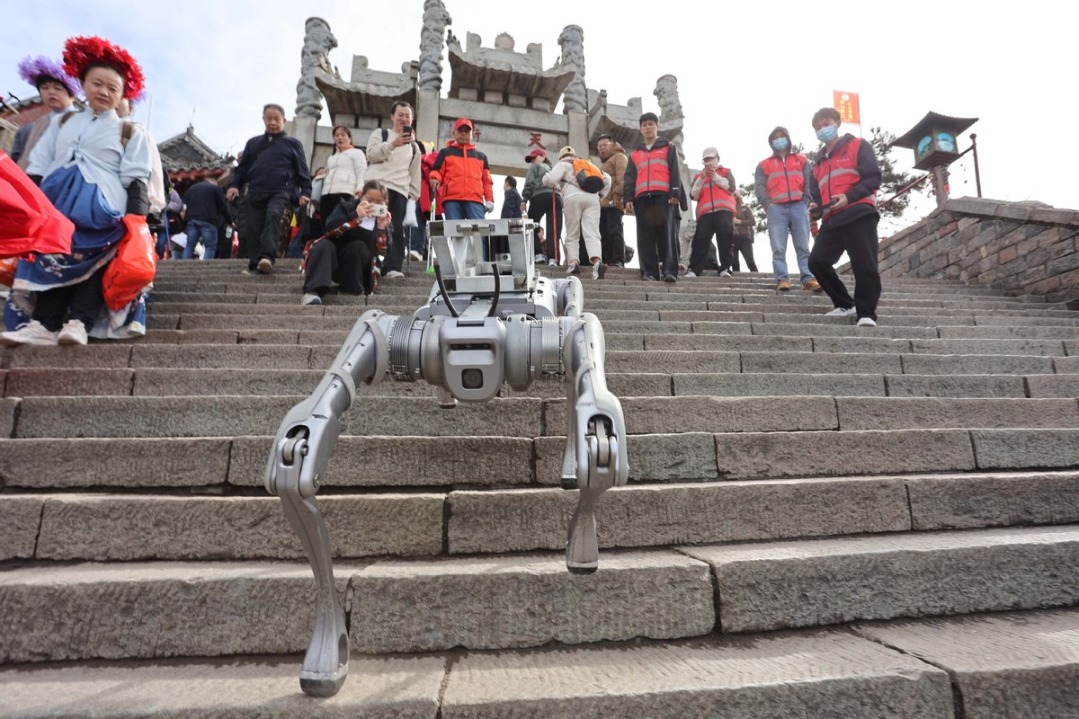Museum unveils life in China's largest prehistoric stone city


A new museum dedicated to the Shimao archaeological site, dubbed China's largest prehistoric stone city ever discovered, opened to the public today, offering visitors a glimpse into life at the dawn of Chinese civilization.
The Shimao Museum, located in Shenmu, Shaanxi province, boasts an exhibition area of 5,943 square meters and showcases a collection of 688 sets of relics unearthed at the site, or those classified as belonging to the Shimao culture. These artifacts include various tools crafted from jade, stone, clay, and bones, as well as sculpted stone pieces and primitive wall paintings.
Curated into four sections, the exhibition aims to transport visitors back in time to approximately 4,000 years ago when the Shimao site, situated just 20 kilometers from the Yellow River, was bustling with life.
Among the museum's most captivating exhibits is a 2.5-meter, cuboid-shaped stone sculpture weighing over one metric ton. The sculpture's facade features a deity's face carved in the center, flanked by decorative patterns on both sides. A similar yet distinct face adorns the back of the sculpture.
Experts believe the deity depicted on the sculpture wears an eagle-shaped crown, suggesting the Shimao people's profound beliefs and spiritual pursuits. They speculate that the sculpture may have served ceremonial purposes during that era, as reported by China Central Television.
While the Shimao site was first identified in the 1970s, it wasn't until a major excavation commenced in 2012 that archaeologists fully grasped its significance. Through this excavation, the site's estimated size surpassed 4 million square meters, far exceeding other major sites from the same period. Carbon dating revealed that constructions in the Shimao site's core areas date back approximately 4,300 to 3,800 years ago.
Excavations further revealed that the site's core area exhibited characteristics of a primitive "palace city," indicating that Shimao likely served as the capital of a city-state during the nascent stages of urban development, rather than simply a typical ancient settlement. This assertion is supported by the National Cultural Heritage Administration, which designated the Shimao site as one of China's 100 most important archaeological discoveries.
- China's anti-graft chief stresses promoting high-quality disciplinary inspection
- China to experience warmer November: meteorologist
- 11th International Army Cadets Week opens in East China
- China's Fujian suspends ferry services as Typhoon Kong-rey nears
- Scholarship quota for undergrads doubled
- For Gen Y astronaut, space dream comes true





































